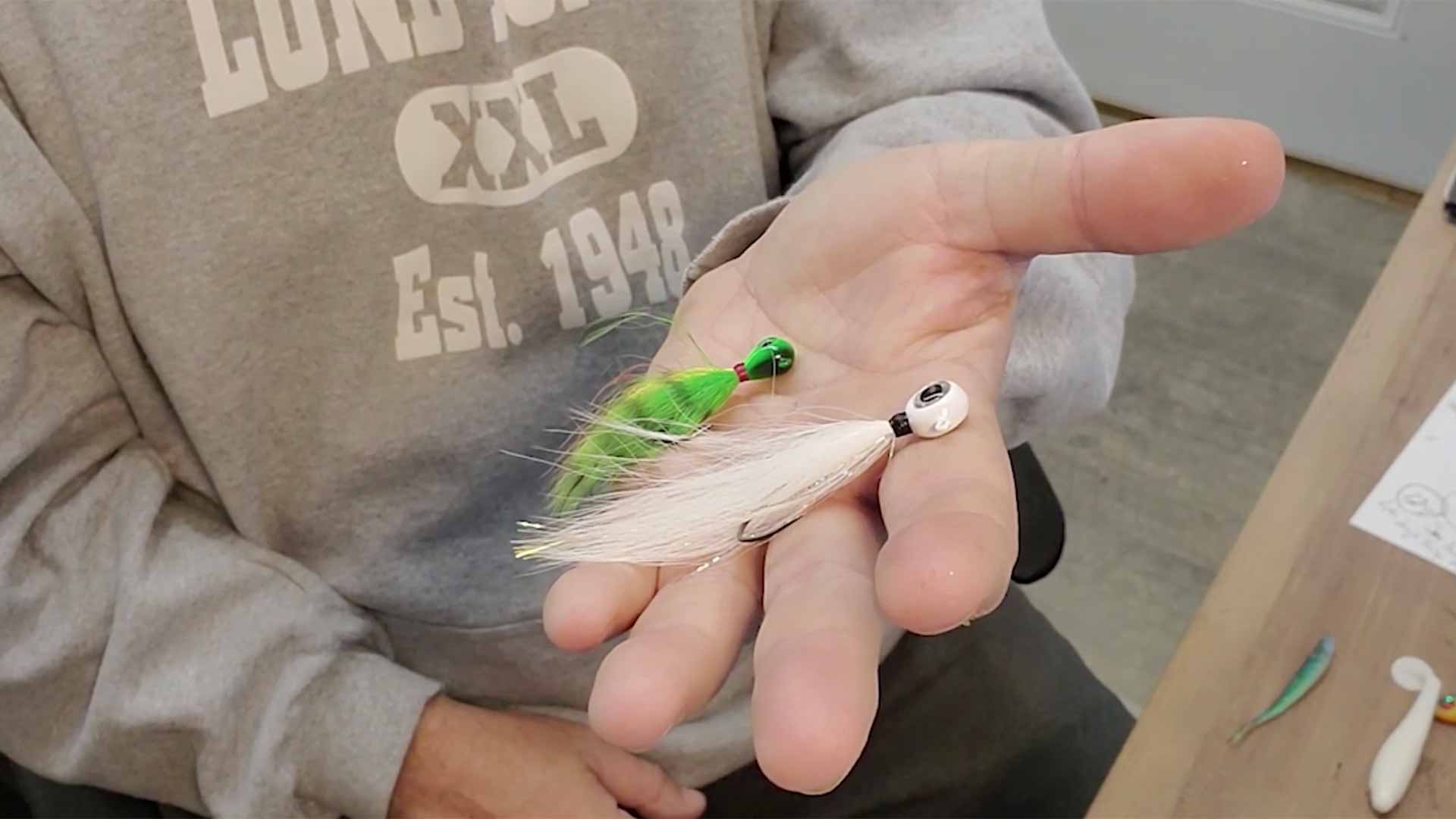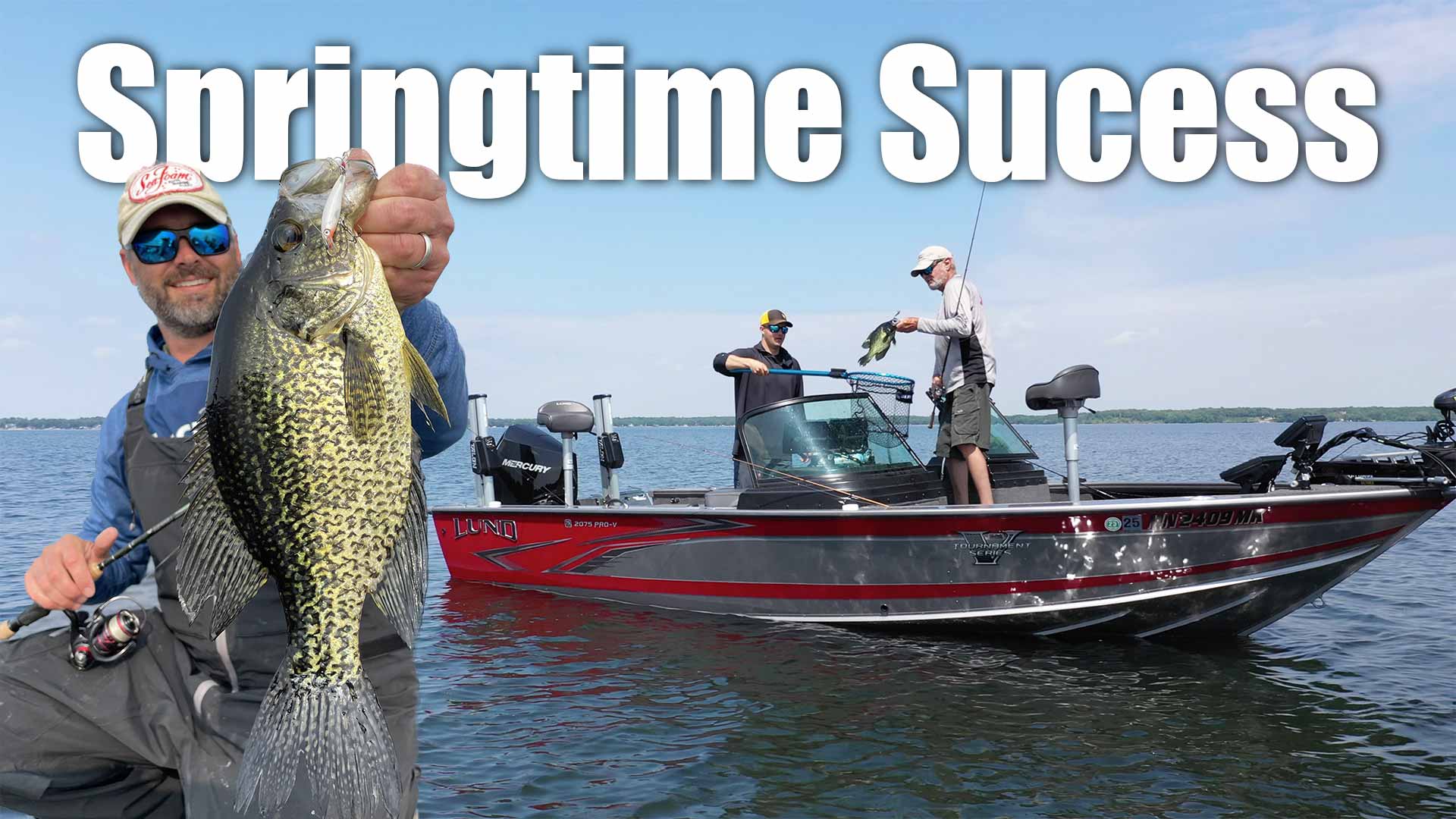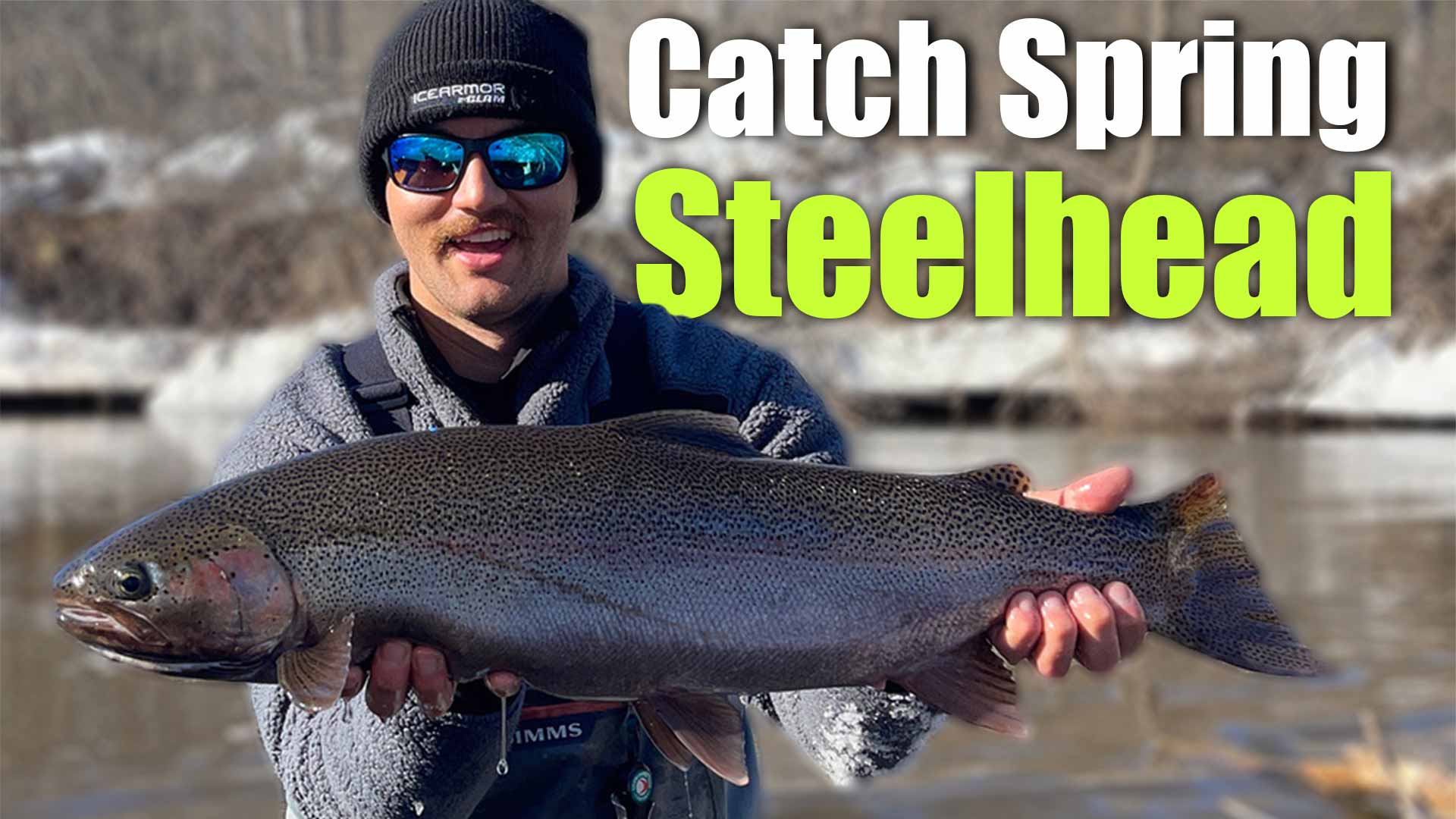Trout Spring Great Lakes Trolling
In spring, Great Lakes trout often suspend near the surface a short distance offshore. Longline troll subtle-action crankbaits at slow speeds, in a variety of color patterns, to trigger active fish.
Trout Spring Great Lakes Trolling
It’s the end of April, and Jimmy and I are up on the south shore of Lake Superior, ready to do some brown trout trolling. But it’s not just brown trout we’re after – we’re also targeting brookies, salmon, lake trout, and possibly even a rainbow. There’s a wide variety of fish we’re going after, but our main focus is on long line trolling and board trolling with some new Rapala baits.
Brown trout are not native to America; they were originally imported from Germany and are sometimes referred to as German browns. Over the years, they have been stocked into and now inhabit a variety of stream, river, and lake habitats. The trout family is unique in that the size of a fish is relative to its environment. In small streams, brown trout usually gravitate towards lower, slightly warmer, and more fertile stretches that provide minnows and insects as forage. In these environments, big fish may run a couple of pounds. In moderate to large rivers with more fertility, brown trout may inhabit a variety of areas to dine on a wide variety of food sources. While insects are certainly important to their diets, browns tend to grow larger where minnows and small fish provide significant food sources. Depending on what the river offers, big browns may run a respectable three to five pounds, a hefty six to eight, or even reach a whopping 10 pounds on occasion.
Today, many of the largest browns on Earth inhabit the Great Lakes, with fish size depending on local conditions. The area of Lake Superior we’re fishing in is known for producing browns up to six to eight pounds, with the big fish weighing in at 15. Just a few hours drive to the east, bays and river mouths along the Lake Michigan western shoreline produce real monsters, with the current world record fish being caught near Racine, Wisconsin.
While the size of brown trout varies according to local conditions, the tactics we’re using today will catch top-end browns in lake and reservoir environments wherever they swim. One important factor in this type of trolling is the color of the bait. Jimmy and I have put out three different colored baits, including the purple descent. We’ve noticed that the lines with purple descent have been the most successful so far, with two out of the four lines getting hit. It’s interesting how these fish are so color-conscious, and many anglers who fish like this have a wide variety of colored baits in their arsenal.
As we continue our trolling, we’re reminded of the saying that you can never have too many crankbaits. With the variety of baits we have, including shallow shad wraps, deep shad wraps, and original floaters, we’re prepared for any situation. But what’s even more important is having the right colors. We’ve organized our baits into different color schemes, such as purple descent, hot steel, and perch replication. This type of fishing is all about finding the bait that the fish really like and replicating it. When we find a bait that the fish are consistently biting, we can put out multiple lines with the same bait to increase our chances of success. So, having the right colors and the right number of them is key to this kind of fishing.
During our trolling adventure, we had the opportunity to catch some beautiful brown trout. These fish are known for their strength and fighting ability. They put up a good fight and are a thrill to reel in. We were lucky enough to catch a gorgeous brown trout, which was already packed out. It was a beauty, and we couldn’t help but admire its colors and markings.
As we continued our trolling, we realized that having a variety of crankbaits is essential. We had shallow shad wraps, deep shad wraps, and original floaters, among others. But what really mattered was having them organized by color schemes. We had all the purple descent baits in one group, all the hot steel baits in another, and all the perch baits in another. This organization allowed us to easily switch out baits and replicate the ones that were getting the most bites.
In conclusion, trolling for brown trout in the Great Lakes is an exciting and rewarding experience. These fish, originally imported from Germany, have adapted well to their new habitats and can be found in various streams, rivers, and lakes. The size of the brown trout depends on the local conditions, with some areas producing fish up to six to eight pounds and even larger. When trolling, it’s important to pay attention to the color of the bait, as these fish can be quite color-conscious. Having a variety of crankbaits and organizing them by color schemes can greatly increase your chances of success. So, if you’re looking for a thrilling fishing adventure, give brown trout trolling in the Great Lakes a try.










